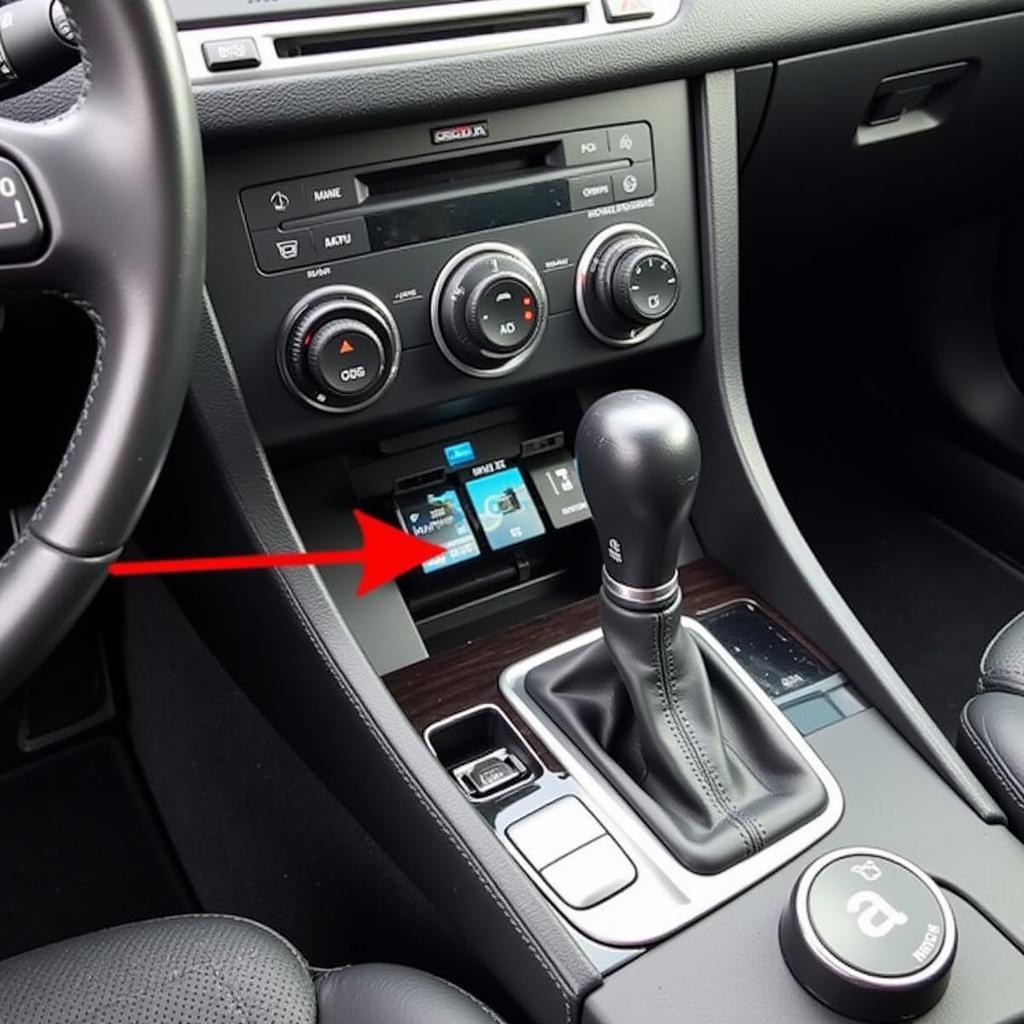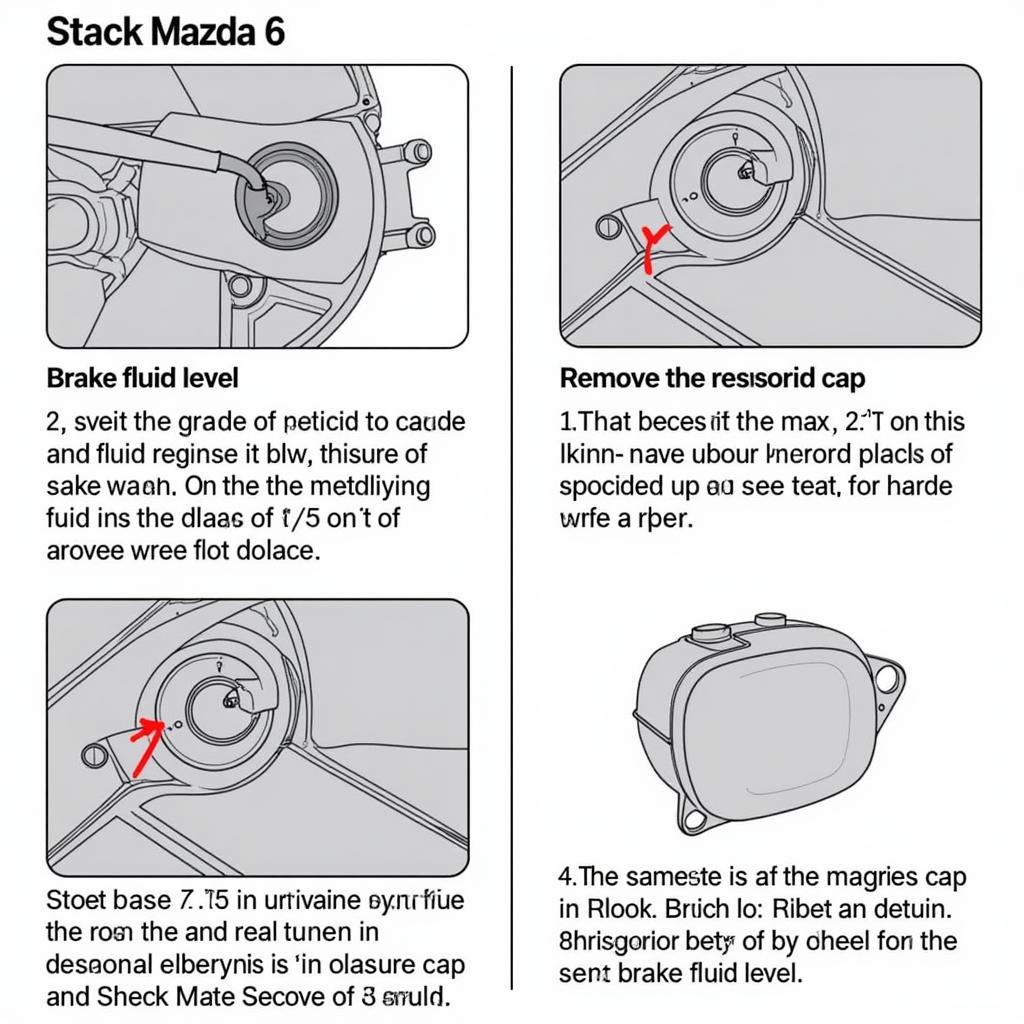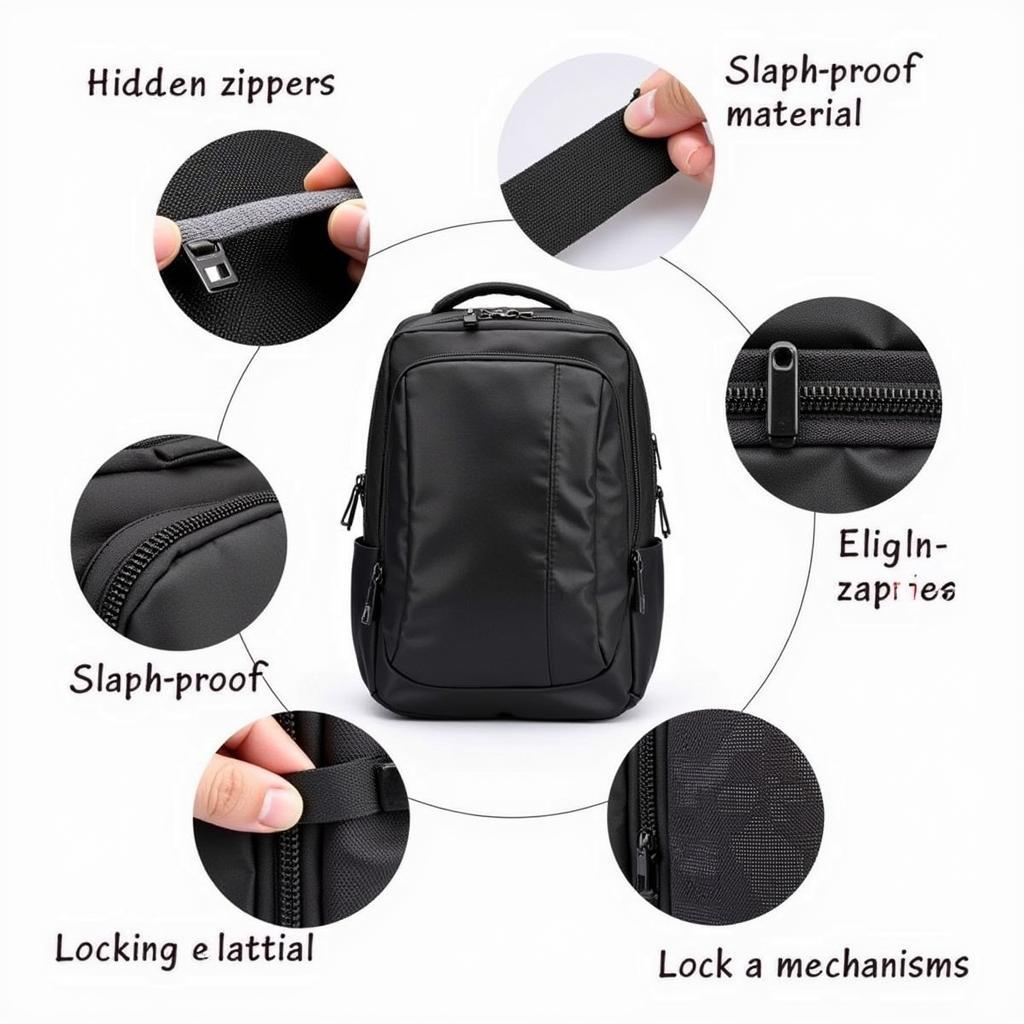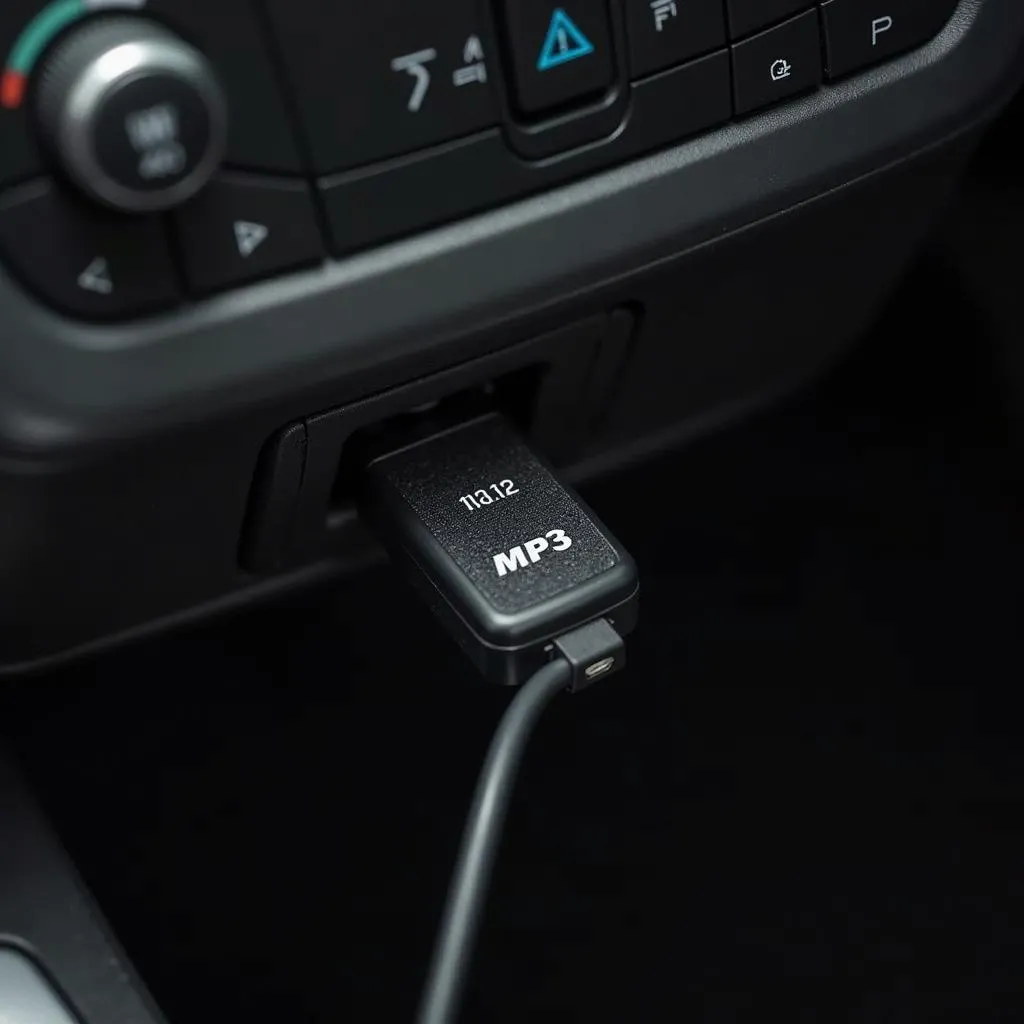A glowing parking brake warning light on your Mazda 6 dashboard can be an annoyance, but it’s essential to understand its implications. This warning light, often accompanied by an audible chime, signals a potential issue with your parking brake system. While it might seem like a minor inconvenience, ignoring it could lead to safety hazards and costlier repairs down the line. This comprehensive guide explores the common causes behind a Mazda 6 parking brake warning light and provides effective solutions to help you get back on the road safely.
Common Causes of a Mazda 6 Parking Brake Warning Light
There are several reasons why your Mazda 6 parking brake warning light might be illuminated. Let’s delve into the most frequent culprits:
1. Engaged Parking Brake:
This is the most straightforward explanation. Before panicking, double-check if you’ve fully disengaged the parking brake. Sometimes, a slight nudge of the lever is all it takes to deactivate the warning light.
2. Low Brake Fluid Level:
Your Mazda 6, like any other vehicle, relies on adequate brake fluid to function correctly. If the brake fluid level drops significantly, it can trigger the parking brake warning light.
3. Faulty Parking Brake Switch:
Your car utilizes a switch to detect if the parking brake is engaged or released. Over time, this switch can wear out or malfunction, sending a false signal to your dashboard even when the parking brake is disengaged.
 Mazda 6 Faulty Parking Brake Switch
Mazda 6 Faulty Parking Brake Switch
4. Worn Brake Pads:
While not directly related to the parking brake itself, excessively worn brake pads can sometimes trigger the parking brake warning light on certain Mazda 6 models. This is because the brake pad wear indicator might be integrated with the parking brake system.
5. Electrical Issues:
Like any modern vehicle, the Mazda 6 relies on a complex network of electrical components. Loose connections, wiring issues, or a faulty sensor within the parking brake system can cause the warning light to illuminate.
Troubleshooting the Parking Brake Warning Light
1. Check the Parking Brake Lever:
Ensure the parking brake lever is fully down and disengaged. Sometimes, a simple readjustment can resolve the issue.
2. Inspect the Brake Fluid Level:
Locate the brake fluid reservoir under the hood of your Mazda 6. Check the fluid level and top it up if it’s below the minimum mark. Remember to use the correct brake fluid type specified in your owner’s manual.
 Mazda 6 Checking Brake Fluid Level
Mazda 6 Checking Brake Fluid Level
3. Visual Inspection:
If the brake fluid level appears consistently low, inspect the parking brake system for any visible signs of leaks. Pay close attention to the brake lines, connections, and the area around the parking brake mechanism.
4. Seek Professional Help:
If you’ve exhausted the basic troubleshooting steps and the warning light persists, it’s crucial to seek professional assistance. A qualified mechanic can diagnose the problem accurately using specialized tools and address the root cause effectively.
Remote Diagnostics and Software Solutions
In some cases, the issue behind a Mazda 6 parking brake warning light might stem from software glitches or electronic control unit (ECU) malfunctions. This is where remote diagnostics and software solutions come into play.
Modern vehicles like the Mazda 6 are equipped with sophisticated onboard computer systems. By accessing these systems remotely, skilled technicians can run diagnostics, identify software errors, and even perform software updates or reprogramming to rectify certain issues without the need for a physical visit.
When to Consult a Professional
While some parking brake issues might seem like DIY fixes, it’s essential to know your limitations and prioritize safety. Consider consulting a qualified mechanic if:
- The warning light remains illuminated after basic troubleshooting.
- You suspect a brake fluid leak or any other mechanical issue.
- You’re uncomfortable working on your car’s brake system.
- You notice any unusual noises or sensations while applying the parking brake.
Conclusion
Addressing a Mazda 6 parking brake warning light promptly ensures your safety and prevents potentially costlier repairs in the future. By understanding the common causes and following the suggested troubleshooting steps, you can often resolve the issue quickly. However, don’t hesitate to seek professional help if the problem persists. A qualified mechanic can accurately diagnose and repair the problem, giving you peace of mind on the road.


